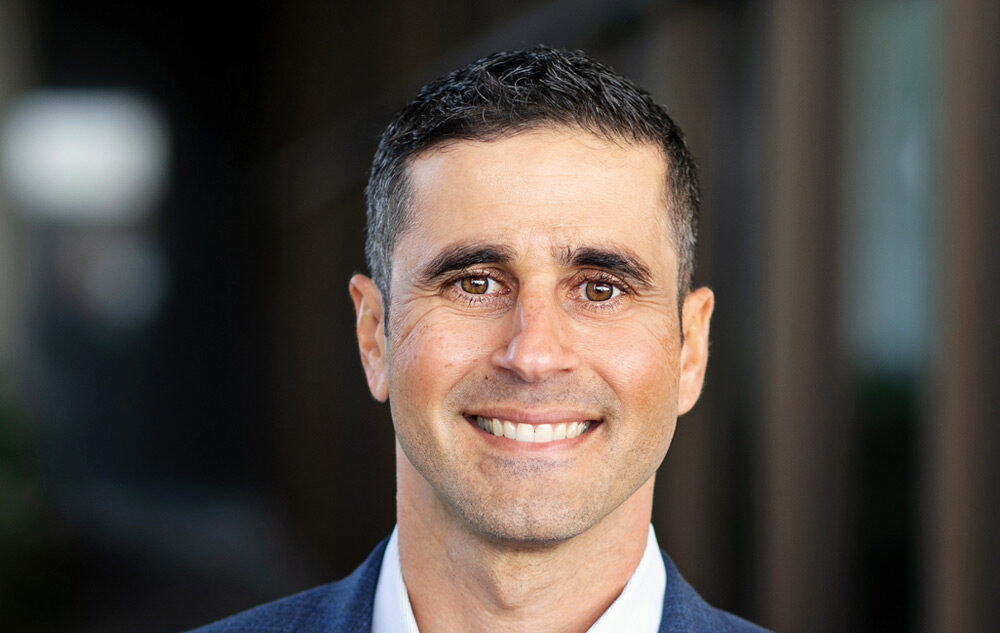 Innovative Solutions. Proven Expertise.
REAL ESTATE MERCHANT BANKING
Innovative Solutions. Proven Expertise.
REAL ESTATE MERCHANT BANKING

By Shlomi Ronen
In the first quarter of the year, we saw a palatable increase in financing requests from a variety of sponsors providing some optimism that real estate activity may be picking up. And while very few could be categorized as “good news” transactions, the vast majority were clearly indicative of what we are seeing in the market.
As we see it, demand for financing can fall into one of four buckets: recapitalization, stressed purchase, ground-up development, or hard-to-place (read office) refinance with each representing its own unique challenges.
Most of the recapitalizations that cross our desk are from sponsors who are near completion on a new development or a value-add project. For a new development project, the borrower typically needs additional funds to complete their project and stabilize the asset in order to sell.
If the developer has time—or is able to get sufficient time on their existing debt—we have been able to successfully fill the gap with either mezzanine debt or preferred equity. The new subordinate capital, which is coterminous with the senior lender and targets returns in the mid-high teens, allows the general partner to avoid having the go back to its investors with the difficult request of funding a capital call.
The story with the value-add investors is slightly different. Sponsors have typically executed on a significant portion of their property and unit renovations. They are generally achieving pro forma rents and nearing the end of their short-term bridge loan, which was typically originated by a debt fund. However, in many cases they missed on a combination of timing, pro forma expenses, and/or exit cap rates.
This makes a sale unappealing as it would wipe out a significant portion, if not all of their equity. The solution here has been a cash-in refinance with fixed-rate financing to buy time to allow rents to grow and cap rates to compress. The senior lenders providing the fixed-rate, 5- to 7-year debt have been a mix of agency, insurance companies (which offer interest-only term financing), banks, and selective commercial mortgage-backed securities (CMBS).
For the cash-in portion of the capital stack, we again are seeing sponsors opt for mezzanine debt or preferred equity due to a general lack of interest or ability from their investors to fund a capital call. The preferred equity and mezzanine for these executions are generally a bit cheaper than that for construction completion targeting yields in the low to mid-teens with a portion being paid current and the balance accruing.
When sponsors are unable to recapitalize or restructure their debt, lenders are taking a proactive role in foreclosing or participating with the sponsor/borrower to market the property as a short sale. There is significant liquidity in both joint venture (JV) equity and debt that is targeting these transactions particularly from debt funds. In some cases, we are seeing the sponsor having to invest 2 percent to 5 percent of the capital and debt funds stepping in to provide the balance that would also include a participation in the deal profits upon sale.
Ground-up development
Capitalizing ground-up development, primarily multifamily, has been extremely challenging over the past year, especially so in the second half of 2023. The sector has seen a continued increase in hard costs, increased financing costs (via higher interest reserves), declining rents (depending on the submarket), increased pro forma expenses (driven primarily by increases in insurance and labor costs), expanding cap rates and a banking sector that has been sidelined.
This year, however, we have seen the regional banks re-enter the construction lending market with recourse debt at 60 percent of project costs. Non-recourse bank lenders also have loosened their underwriting criteria somewhat but still are generally only financing 45 percent to 50 percent of project costs. Debt funds are quoting as high as 75 percent loan-to-cost, but it comes at a price: spreads as high as 6.5 percent to 7.5 percent over the secured overnight financing rate (SOFR).
JV equity investors, primarily opportunity funds, on the other hand, have largely remained on the sidelines. This will continue as they wait for distressed buying opportunities where they are able to achieve their targeted returns without having to take the development risk. In their place, private high-net-worth and family office investors have started to deploy capital in the sector as have off-shore/foreign investors seeing an opportunity to select the best sites in a particular market with best-in-class developers.
The ”O” word
Now let’s talk about the sector that no one wants to talk about… office. And for good reason. Owners of non-stabilized buildings who are approaching debt maturity have few good options, the best of which is to partner with the lender and work to extend the loan. Owners of the few well-located, stabilized buildings may be able to refinance with CMBS or with local banks where there remains some appetite. And while it might take some time, we will see more liquidity as office space is converted to other uses, and as office space absorption picks up as more people return to work. With transaction volume picking up and liquidity available, we are seeing a short window of opportunity for both investors, developers, lenders, and JV equity investors to take advantage of the market dislocation. Happy hunting.